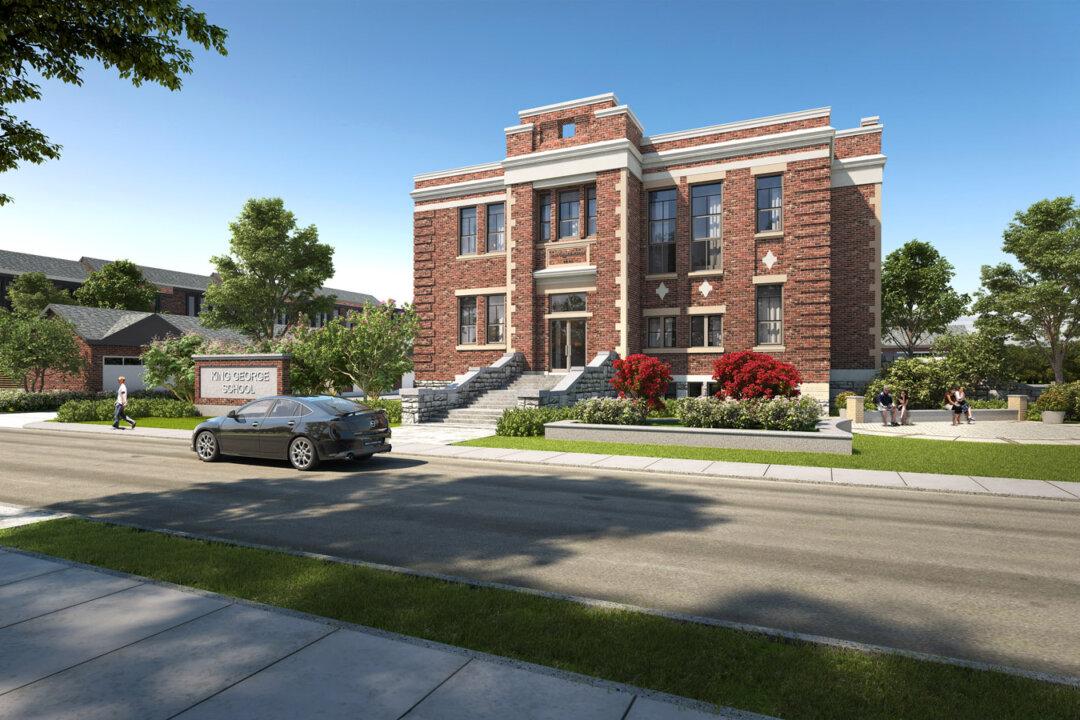For the first time in nearly a decade, the GTA will see an increase in low-rise home activity this year, as builders jump the Greenbelt and launch projects in areas farther afield where land is more readily available.
That’s the prediction of market analyst and broker Andrew Brethour, who invited Epoch Times to sit in on a real estate review at the North York headquarters of his firm, PMA Brethour Realty Group.
In 2014, 23 percent of lots released for sale in the GTA were in markets that were beyond the Greenbelt, according to PMA research. And Brethour sees this trend continuing this year and beyond, driven by the pursuit of land availability and the expansion of both Highways 404 and 407.
“We’re going to see low-rise land availability increase for the first time in a significant way in 2015,” he says. “You’re going to see the gap between high-rise and low-rise shrink a bit, and you'll have more lower-density housing form activity in 2015.
“We‘ll be reversing a trend that has occurred over the last several years, because for first time you’ll be providing some reasonable supply.”
The result is that prices will likely stabilize. “It means we may not see new home prices moving up at 8 to 10 percent a year as they have over last couple of years because of restrictive supply,” he says. “It should begin to balance that out a little bit. So that’s good news for affordability.”
Nearly 18,000 low-rise homes were sold in the GTA last year, up from just over 12,000 in 2013.
“It’s a significant change,” says Brethour.
It brought total 2014 new home sales (including condos) to almost 40,000, a level that hasn’t been hit since 2011 (and before that only in the years 2000 to 2007, according to PMA research).
There were 7,200 units available for sale on the low-rise side, down 11 percent from a year ago, demonstrating that any new supply coming to the market has been absorbed quickly and immediately, Brethour notes.
High-rise Stays Hot
Just because things are picking up on the low-rise side doesn’t mean they’re slowing down on the high-rise side.
Indeed, there were 21,700 high-rise sales in 2014, up 40 percent over 2013 and one of the best years in the past decade for the high-rise sector, according to PMA.
Of the 84 high-rise project launches in 2014—most of them downtown—60 percent of the units have been sold to date, owing in part to location, competitive pricing and incentives.
The city’s top condo project launches last year were The Gupta Group’s Dundas Square Gardens (with 968 total units); Lanterra Developments’ Wellesley on the Park (676 units); and Canderel’s YC Condos (634 units).
Brethour points out that many of the most successful developments launched last year are within walking distance of the subway. “That’s where the primary and strongest activity is and will continue to be.”
But top-quality sites are becoming harder to find, particularly downtown. “So the supply on the high-rise side will be self-controlled. We might see fewer projects come on this year,” he says.
The real opportunity is on the mid-rise side of the market, with the city encouraging the construction of four- to six-storey condo buildings and stacked town homes, which offer an effective means of adding density while respecting the scale and character of a surrounding neighbourhood.
Brethour anticipates a “dramatic increase” in wood frame and stacked townhouse product coming to market this year, perhaps as many as 5,000 units. (Stacked townhouses in particular are growing in popularity with builders and buyers in search of affordability: five years ago there were five stacked townhouse projects in the GTA, today there are 37, according to PMA Brethour.)
Rentals Regain Lustre
Watch for growth in the number of purpose-built rental apartment projects around the GTA, as some companies pivot from developing condos to building rental apartments.
“There’s more stability on the rental side, it seems, and we know we’ve got great shortages,” Brethour says. (The vacancy rate for the GTA in 2014 was 1.8 percent, and CMHC is projecting it to remain at that level for years).
The maximum number of rental units coming onto the Toronto market in previous years has been about 1,000 units, he notes. “That’s going to quadruple.”
Investing in purpose-built rental could be a wise move; CMHC projects net migration into the GTA will increase by nearly 14 percent this year, hitting 61,000 by 2016. And all those people are going to need to live somewhere.
“It will be a good news story for southern Ontario in 2015 for employment and net migration,” Brethour concludes. “And with the fundamentals in place economically, and strategically from a land supply point of view, 2015 should be a very strong year.”
Ryan Starr is a freelance journalist based in Toronto.




